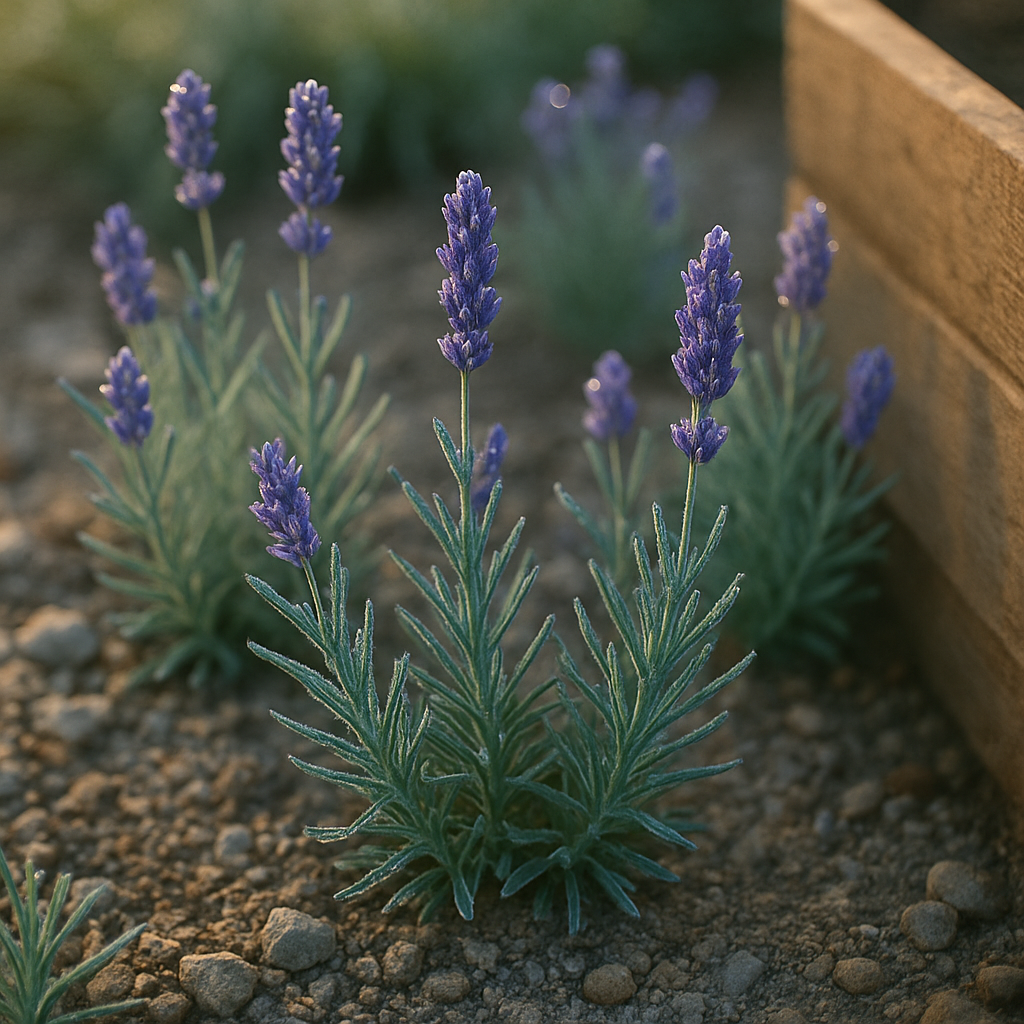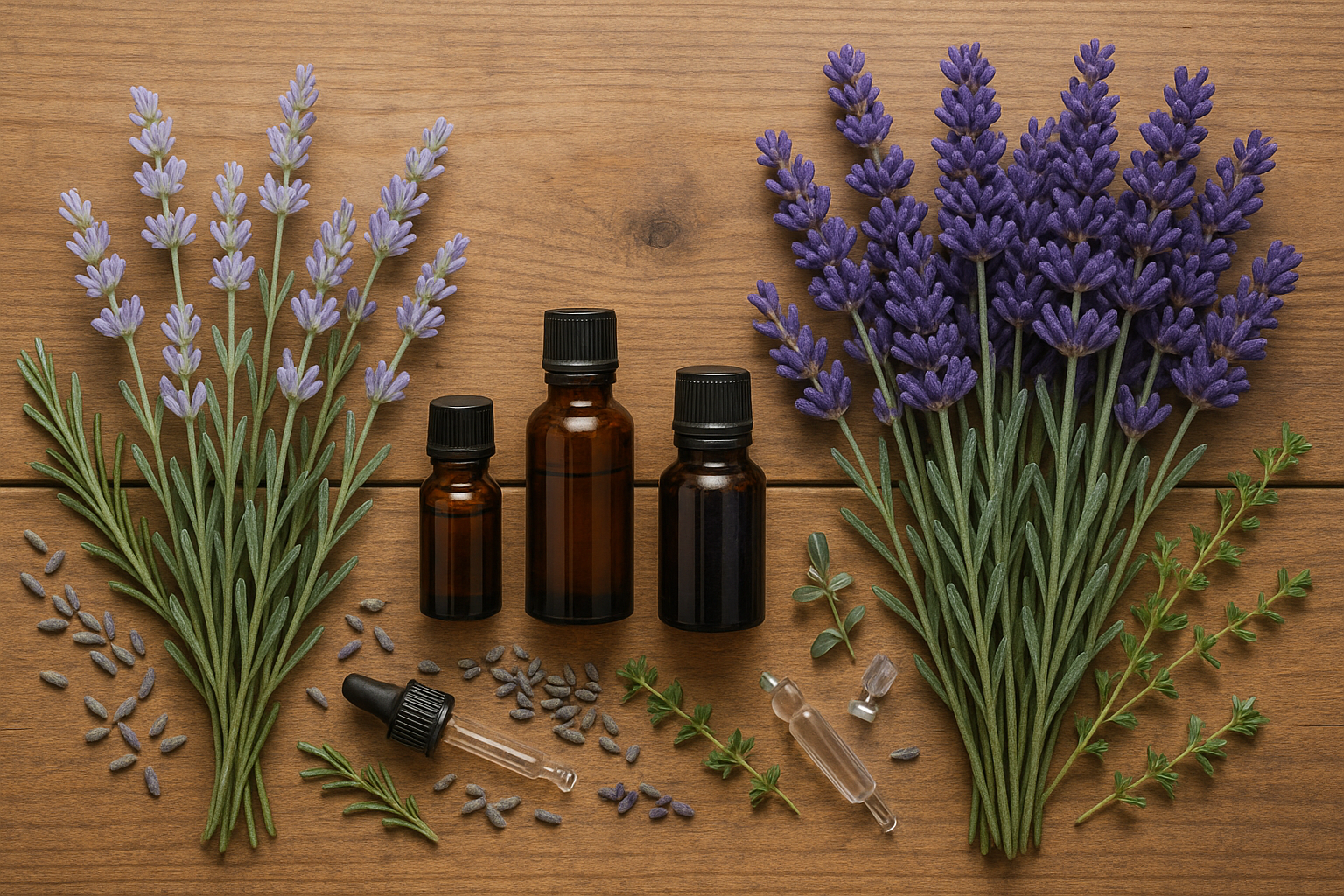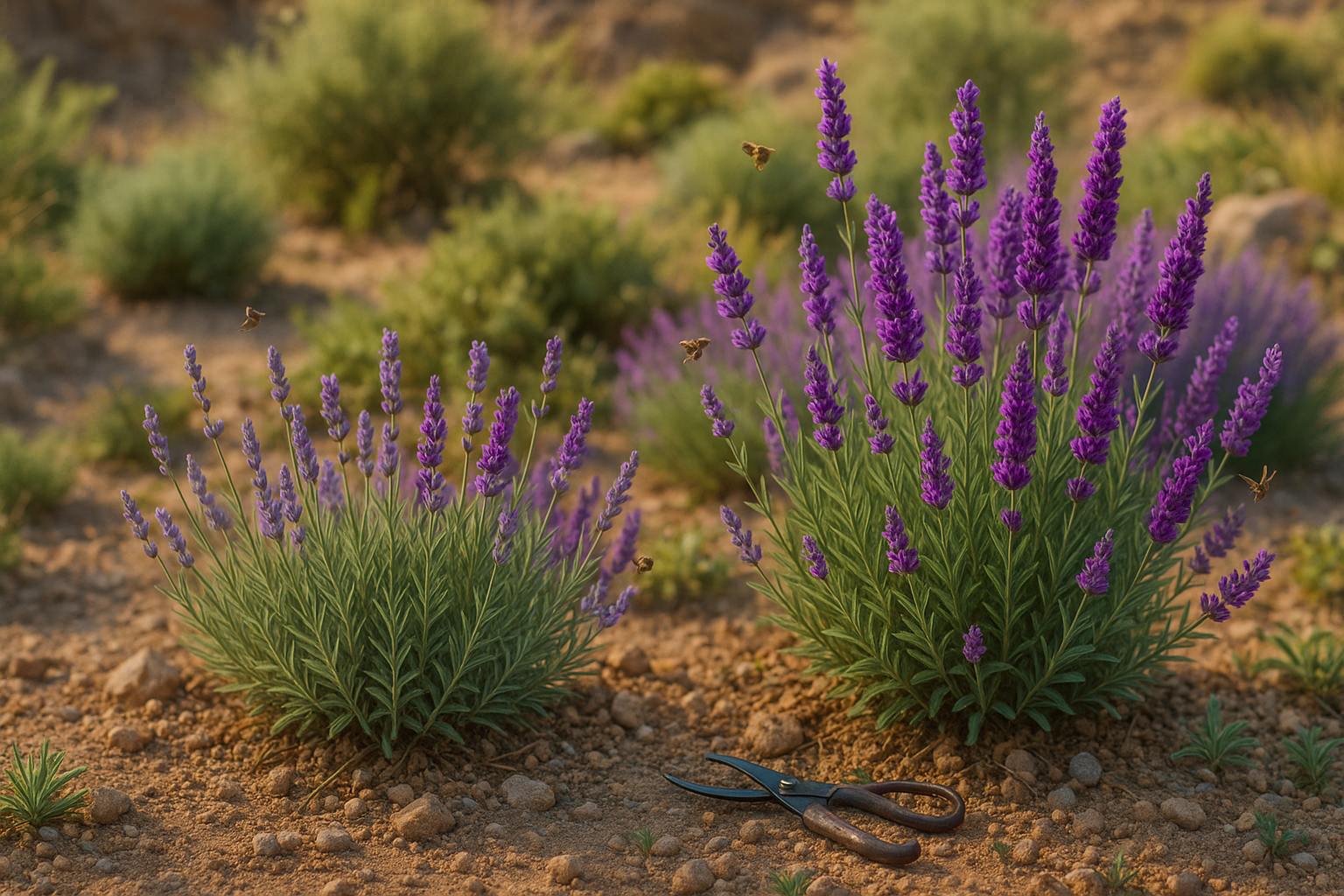Introduction
Lavender vs. lavandin is a debate that often surprises even the most devoted fans of this beloved purple plant. Lavender’s global appeal is hard to overstate—from its calming scent in aromatherapy, to fragrant garden borders, to soothing bath products, it has become a staple for promoting relaxation, better sleep, and even skin health.
You’ll spot it in everything from handmade soaps to luxury oil blends diffused in yoga studios and spas. But here’s the catch: while “lavender” is commonly used as an all-encompassing term, not all lavender is the same. In fact, what many people call “lavender” is actually lavandin, a close cousin with different chemical properties, fragrance, and uses.
This mix-up leads to confusion in gardens, kitchens, and medicine cabinets worldwide. If you’re a gardener picking seeds, a DIYer blending essential oils, or simply a consumer searching for the best natural remedies, understanding the nuances between true lavender and lavandin can make a real difference.
Knowing which is which means you’re more likely to achieve the results you want—whether that’s a lush landscape, an effective bug repellent, or an authentic aromatherapy experience. Let’s unpack the differences so you can make the best choice for your needs.
What is True Lavender? (Lavandula angustifolia)

True lavender, botanically known as Lavandula angustifolia, is a fragrant perennial herb known for its slender, silvery-green leaves and delicate purple-blue flowers that bloom atop fine, wiry stems. Unlike other lavender varieties, true lavender is cherished for its subtly sweet and floral aroma—softer and less camphorous than its relatives—making it the preferred choice for aromatherapy and skin care products.
The essential oil distilled from Lavandula angustifolia is often called “the queen of lavenders” due to its exceptionally high content of linalool and linalyl acetate, compounds celebrated for their soothing, calming effects and skin-friendly properties.
This plant traces its origins to the sun-drenched slopes of the Mediterranean, where it thrives in rocky, well-drained soils and basks in full sunlight. Gardeners and farmers value true lavender for its resilience to drought, ease of cultivation in pots or garden beds, and ability to attract pollinators like bees and butterflies.
In practical terms, true lavender’s gentle scent and non-irritating oil make it ideal for handmade soaps, calming bath blends, and pillow sprays to promote restful sleep. Its high value comes from the purity and therapeutic quality of its oil, which is often more expensive and prized compared to hybrids like lavandin, whose sharper aroma and higher camphor content can be harsh on sensitive skin.
Whether grown in Mediterranean gardens or windowsill pots, true lavender remains a favorite among essential oil enthusiasts, natural skin care formulators, and relaxation seekers worldwide.
What is Lavandin? (Lavandula x intermedia)
Lavandin (Lavandula x intermedia) is a natural hybrid plant created by crossbreeding true lavender (Lavandula angustifolia) and spike lavender (Lavandula latifolia). This combination gives lavandin some unique botanical traits: it’s generally taller and more robust than its parent plants, often reaching heights of 30 to 36 inches. The stems are longer and support denser flower spikes, making the plant look bushier in garden settings.
One of lavandin’s standout features is its intensely fresh, camphor-like scent—noticeably stronger and sharper compared to the sweeter, softer aroma of true lavender. This is due to its higher camphor content, a key chemical that also contributes to its pronounced antiseptic qualities.
Another major advantage of lavandin is its impressive essential oil yield; distilling lavandin flowers produces significantly more oil per acre than true lavender, making it the go-to choice for commercial growing.
Because of its robust fragrance and economic benefits, lavandin essential oil is widely used in mass-produced products like cleaning supplies, laundry detergents, air fresheners, and affordable perfumes where a lasting scent is valued over subtlety. You’ll also find lavandin buds in many budget-friendly sachets and potpourri blends, as its strong aroma lingers for months.
For anyone crafting homemade cleaning sprays or seeking a long-lasting scent for closets or drawers, lavandin oil or dried buds provide an economical, highly aromatic solution—just keep in mind the scent’s intensity, which works best in spacious areas or where freshness is prioritized over a gentle fragrance.
Lavender Oil vs Lavandin Oil

When comparing lavender oil and lavandin oil, understanding their unique chemical makeups is key to choosing the right product for your needs. True lavender oil (Lavandula angustifolia) is prized for its high levels of linalool and linalyl acetate—two natural components linked to its gentle, calming scent and strong therapeutic benefits, such as stress relief and sleep support.
In contrast, lavandin oil (Lavandula x intermedia), a hybrid plant, has a similar profile but contains notably higher levels of camphor, giving it a more pronounced, sharp, and sometimes medicinal aroma.
You’ll notice that lavender oil smells soft, sweet, and floral, making it perfect for aromatherapy, relaxation, or soothing the skin. Lavandin, on the other hand, has a stronger, almost spicy edge, which works well in cleaning products, deodorizing sprays, and air fresheners where a more assertive fragrance is desirable.
Because lavandin’s camphor content can be irritating for sensitive skin and overpowering in therapeutic blends, it should not be used interchangeably with true lavender oil in remedies meant for relaxation, sleep, or gentle skin care.
Always check product labels closely—look for the Latin name and main constituents to ensure you’re getting the oil that matches your purpose. In busy stores or online marketplaces, both oils are sometimes labeled simply as “lavender,” so verifying the source is essential.
For easing tension or encouraging restful sleep, opt for lavender oil; for freshening a room or creating a crisp, clean scent, lavandin is often the better choice. Being label-savvy helps you benefit from each oil’s strengths and avoid disappointing (or even discomforting) results.
Benefits and Potential Drawbacks of Each Plant and Oil
Lavender and lavandin are both celebrated for their soothing floral scents and calming properties, making them popular choices for easing stress, promoting relaxation, and supporting better sleep. Both can be diffused to create a peaceful home environment, used in linen sprays to freshen up bedding, or added to baths for a spa-like unwinding at the end of the day. Each oil also has natural antiseptic properties, making them handy for general household cleaning or freshening the air.
However, lavender offers some unique advantages, especially for sensitive skin. Thanks to its gentle, low-camphor composition, lavender essential oil is ideal for use in skincare, such as calming irritated skin, supporting the healing of minor cuts or burns, or soothing insect bites. It’s also a gentler choice for children or anyone prone to skin reactions.
Lavandin, on the other hand, is a stronger, more invigorating option. Its higher camphor content gives it a sharper scent and makes it particularly effective in DIY cleaners for bathrooms and kitchens or to help clear stuffy air during allergy season. But this strength can also be a drawback—lavandin’s higher camphor levels mean it’s not always suitable for sensitive skin or young children, and it may irritate if used undiluted.
When choosing between these oils, consider the intended use:
- For relaxing routines and sensitive applications, reach for true lavender.
- For tough cleaning jobs or invigorating scents, lavandin could be the better fit.
Always do a patch test and dilute before applying any essential oil to your skin.
How to Choose
When browsing nurseries or shopping for oils, it’s easy to confuse true lavender (Lavandula angustifolia) with its cousin lavandin (Lavandula x intermedia). Knowing the differences will help you pick the right one for your needs.
True lavender typically has shorter, compact spikes with slender leaves, a soft purple hue, and a sweet, floral scent prized for relaxation and skincare. Lavandin, on the other hand, grows taller, with longer, more tapered flower spikes and a stronger, sharper aroma that’s great for cleaning or freshening the air.
Look for plant tags or labels that specifically say “angustifolia” for true lavender or “x intermedia” for lavandin—suppliers who are transparent about species are more trustworthy.
If scent is your priority and you want something calming, opt for true lavender. If you love a bold, fresh smell or need lots of blooms for crafts, lavandin’s vigorous growth is a plus.
Therapeutically, true lavender’s gentler oil is best for skin or stress relief, while lavandin’s oil, which contains more camphor, is better for energizing blends, cleaning, or as a bug repellent.
In gardens, true lavender suits compact borders or smaller spaces, whereas lavandin makes a striking statement in larger beds or hedges thanks to its size and abundance of flowers.
Always test the fragrance if possible and ask growers or sellers about cultivation practices. Honest, informed suppliers are happy to share details.
By checking labels, scent, and plant size, you can confidently choose the perfect lavender or lavandin for your home, garden, or DIY projects.
Conclusion
Understanding the differences between lavender and lavandin helps you get the best results, whether you want soothing essential oils, beautiful landscaping, or natural cleaning solutions. Take a moment to consider what you need—true lavender offers gentle relaxation, while lavandin provides a more robust scent and works great for homemade cleaners. By matching your choice to your goals, you’ll make the most of your purchase or garden space. Both plants bring beauty, fragrance, and wellness into your life, so enjoy exploring their unique qualities and finding the perfect fit for your needs.
